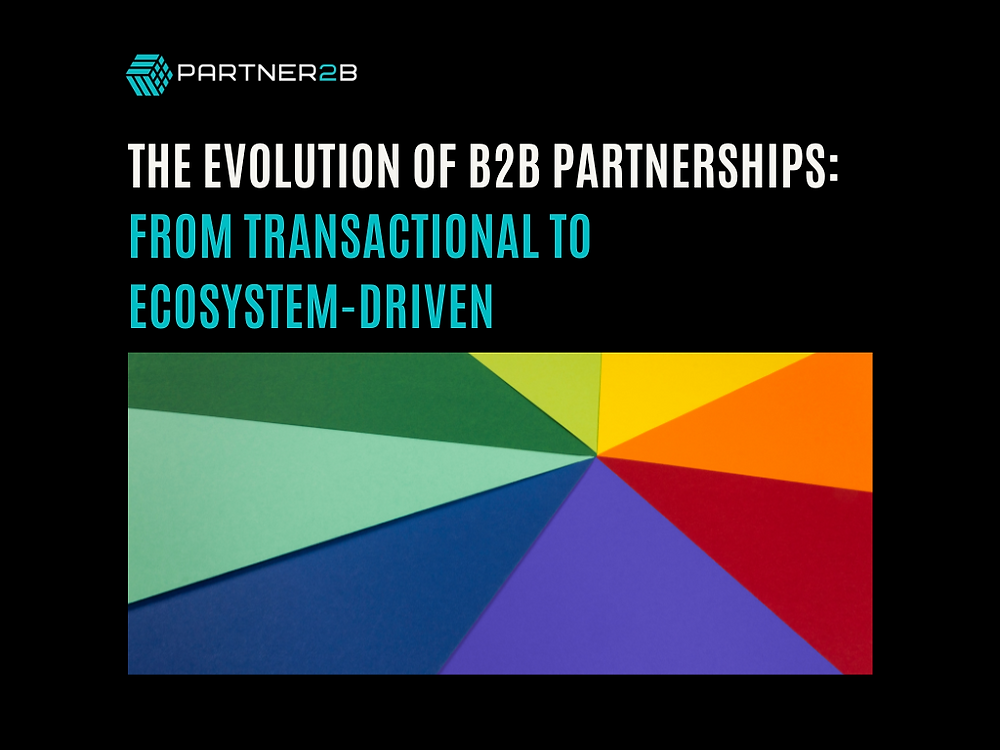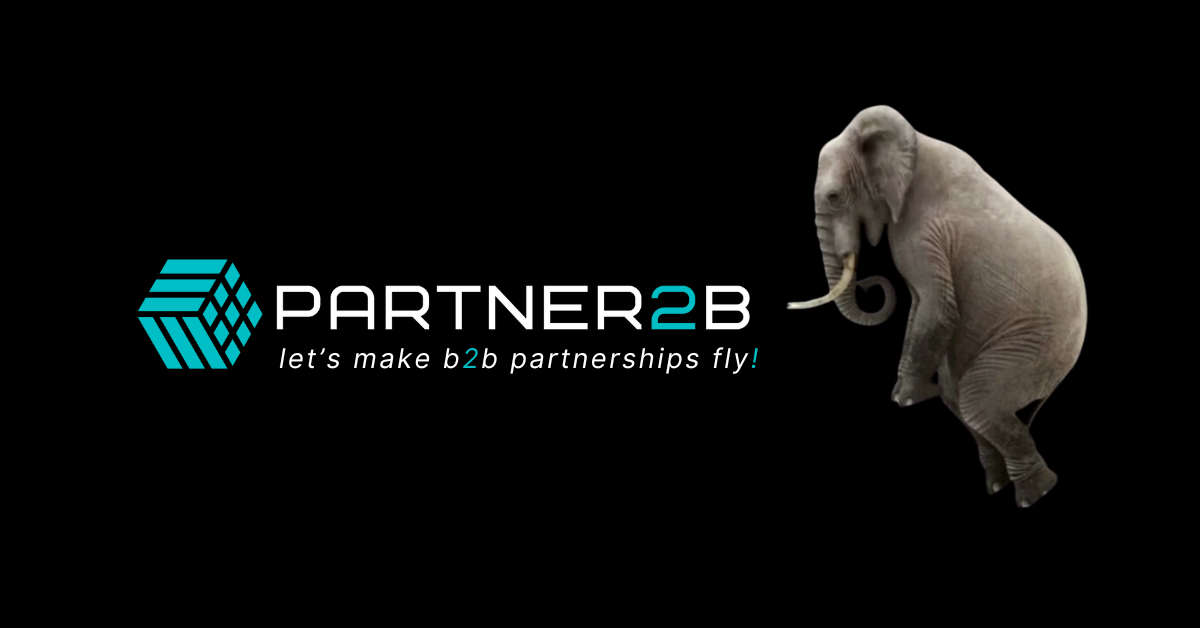
Effective Building Strategy for Sustainable Growth
In today’s fast-paced business environment, having a robust building strategy https://www.partner2b.com/lets-get-strategic is crucial for organizations aiming for sustainable growth. An effective strategy not only streamlines operations but also creates a solid foundation for future development. To effectively build a strategy, it’s important to consider a comprehensive approach that encompasses planning, execution, and monitoring. Below, we explore the essential components of an efficient building strategy, including tools, methodologies, and best practices.
Understanding the Importance of a Building Strategy
A well-defined building strategy positions organizations for success by addressing their operational goals and aligning available resources with their long-term vision. It serves as a roadmap that guides decision-making and ensures that all parts of the organization work towards shared objectives. Key benefits of having a building strategy include:
- Clear direction and focus
- Efficient resource allocation
- Risk management and mitigation
- Enhanced adaptability to changing market conditions
Key Components of a Building Strategy
Creating a successful building strategy involves multiple components. Below are the primary elements that should be considered in your strategic planning process:
1. Vision and Mission Statements
Your organization’s vision and mission are foundational elements of your building strategy. A clear vision articulates where you want your organization to be in the future, while a robust mission statement defines your purpose and values. Together, they guide all strategic initiatives.
2. Situation Analysis
Conducting a thorough situation analysis is essential for understanding your current position in the market. Utilize SWOT (Strengths, Weaknesses, Opportunities, Threats) analysis to identify internal capabilities and external market factors that could impact your strategy.
3. Setting Goals and Objectives
Select specific, measurable, achievable, relevant, and time-bound (SMART) goals that will help operationalize your vision. Defining clear objectives ensures that everyone on your team understands what they need to work towards.

4. Strategy Formulation
Developing the actual building strategy involves creating actionable plans to achieve your goals. This may include market penetration tactics, product development approaches, or strategic partnerships. It’s critical to leverage data analytics tools to inform your strategy formulation.
5. Implementation
Execution is where many strategies falter. Ensure that you have defined roles and responsibilities within your team and that everyone understands their part in bringing the strategy to life. A clear timeline and deliverable expectations will help maintain momentum.
6. Monitoring and Evaluation
To gauge the effectiveness of your building strategy, establish metrics and key performance indicators (KPIs) that align with your objectives. Regular review sessions allow you to make data-informed decisions and iterative adjustments to your strategy as necessary.
Tools and Methodologies for Building Strategy
Various tools and methodologies can support the strategic planning process. Here are a few widely-used options:
Pestle Analysis
Pestle analysis provides insights into external factors that can affect your organization. The acronym stands for Political, Economic, Social, Technological, Legal, and Environmental factors. Understanding these components can help you prepare your strategy more thoroughly.
Porter’s Five Forces
This model helps assess the competitive dynamics within your industry. It looks at the bargaining power of buyers and suppliers, the threat of new entrants and substitutes, and the intensity of competitive rivalry. Gaining insights into these forces can strengthen your position in the market.
Balanced Scorecard

The balanced scorecard is a performance management tool that measures organizational effectiveness beyond just financial performance. It considers customer satisfaction, internal processes, and learning and growth, providing a well-rounded view of success.
Best Practices for Building a Strategy
To further enhance the effectiveness of your building strategy, embrace these best practices:
1. Engage Stakeholders
Involve key stakeholders in the development of your strategy. Their insights can uncover valuable perspectives that might otherwise be overlooked. Additionally, engaging employees fosters a culture of ownership and accountability.
2. Be Agile
The business landscape is constantly evolving, making agility an essential trait for any building strategy. Stay prepared to pivot when necessary, based on market shifts or internal developments.
3. Communicate Transparently
Maintain open lines of communication throughout all levels of your organization regarding your building strategy. Transparency fosters trust and encourages collaboration among team members.
Conclusion
Developing an effective building strategy is a multifaceted process that requires thoughtful planning, execution, and evaluation. By leveraging the principles and tools outlined in this article, organizations can establish a sustainable and adaptive strategy that positions them for long-term success. Remember, a strategy is a living document that should be adjusted as necessary in response to internal and external changes. The journey of building an effective strategy is ongoing, and with commitment and diligence, your organization can achieve its goals and thrive in an ever-changing landscape.
